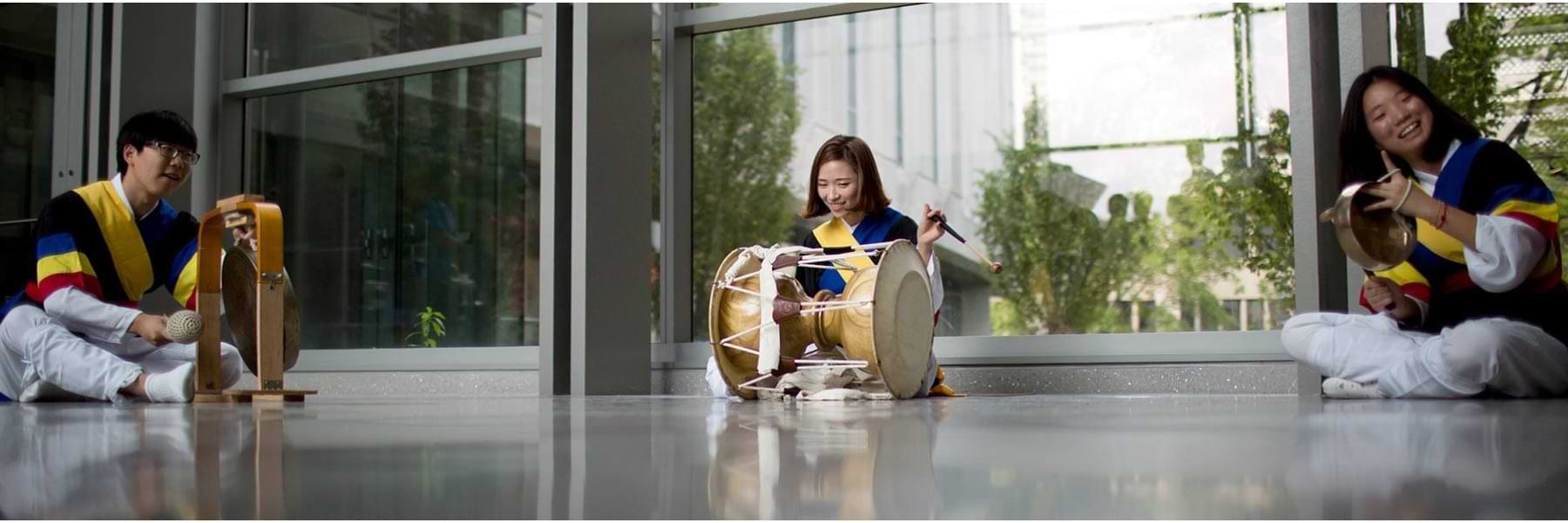The Hamilton Lugar School carries forward Indiana University's proud tradition of global involvement and leadership with a multicultural, multidisciplinary approach to learning. The School hosts four departments and more than 20 nationally recognized centers and programs. In fact, it is home to more area studies institutes recognized by the Department of Education as Title VI National Resource Centers than any other school in the nation.
A leader in global engagement
#1NUMBER OF FOREIGN LANGUAGES TAUGHT IN THE US
#1LANGUAGE FLAGSHIP PROGRAMS IN THE US
#1AVAILABLE FOREIGN LANGUAGE & AREA STUDIES FELLOWSHIPS
Get centered
In 2022, the Hamilton Lugar School was awarded $16.3M from the Department of Education's prestigious Title VI program— more than any other university nationwide.
What is Title VI?
Title VI centers are essential to the development of American expertise in critical languages and cultures, as well as to fostering international education. In awarding the grants, the Department of Education designated six HLS programs as National Resource Centers:
- African Studies Program
- Center for Latin American and Caribbean Studies
- Center for the Study of Global Change
- Center for the Study of the Middle East
- Inner Asian and Uralic National Resource Center
- The Byrnes Institute (REEI)
The Hamilton Lugar School Center for Languages of the Central Asian Region and the National African Language Resource Center also received four-year funding through Title VI as National Language Resource Centers. In addition, the Islamic Studies Program, the Institute for European Studies, and the six National Resource Centers received Foreign Language and Area Studies awards.
Our departments

Central Eurasian Studies

East Asian Languages and Cultures
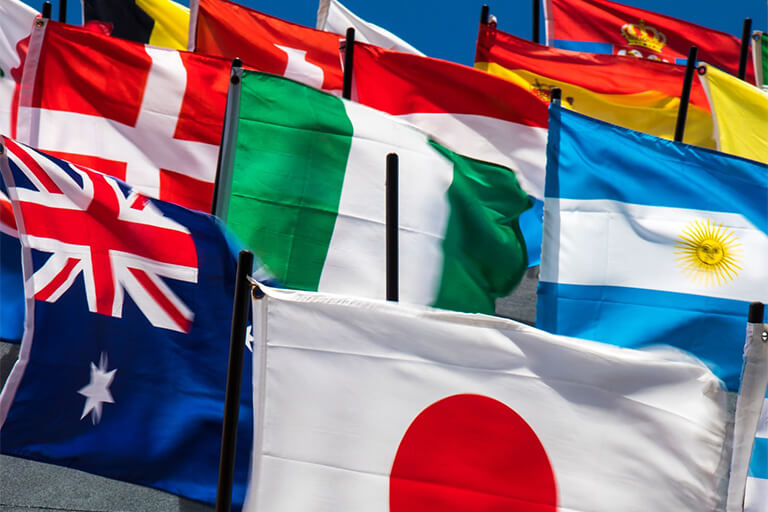
International Studies

Middle Eastern Languages and Cultures
Our centers and institutes

African Studies Program

Center for the Study of Global Change

Center for Latin American and Caribbean Studies

Center for the Study of the Middle East

East Asian Studies Center

Institute for European Studies

Institute for Korean Studies

Inner Asian and Uralic National Resource Center

Dhar India Studies Program

Islamic Studies Program

Polish Studies Center

The Byrnes Institute (REEI)

Southeast Asian and ASEAN Studies
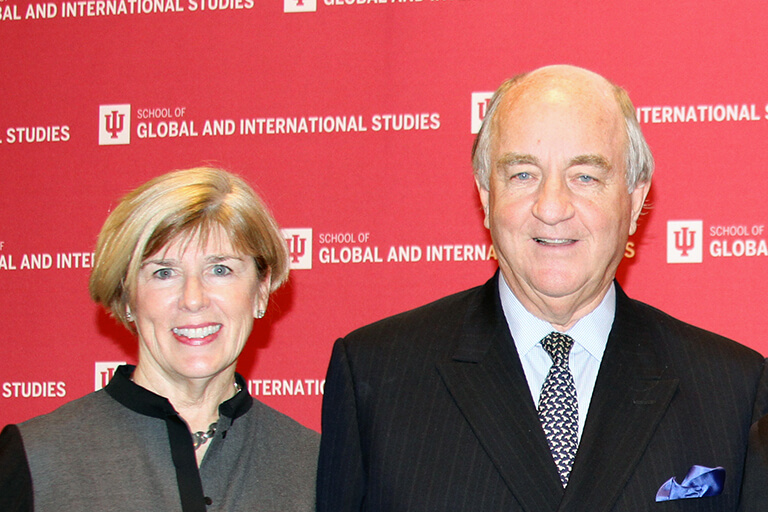
Tobias Center for Innovation in International Development

21st Century Japan Politics and Society Initiative
Language programs and resource centers
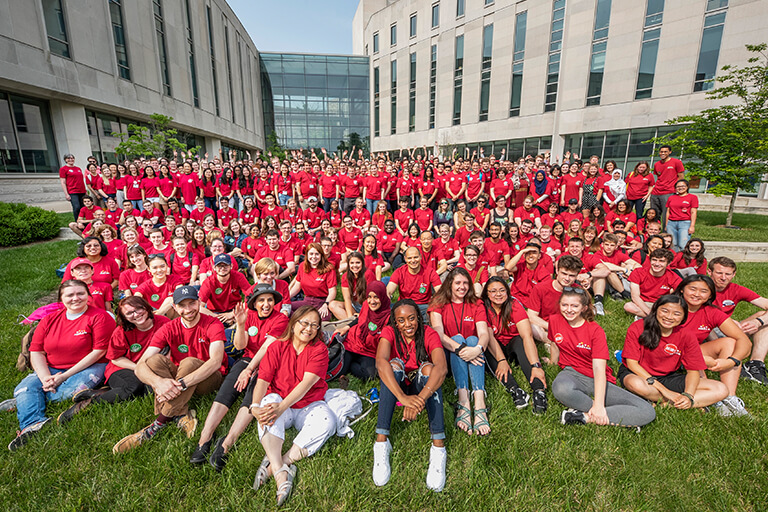
Language Workshop
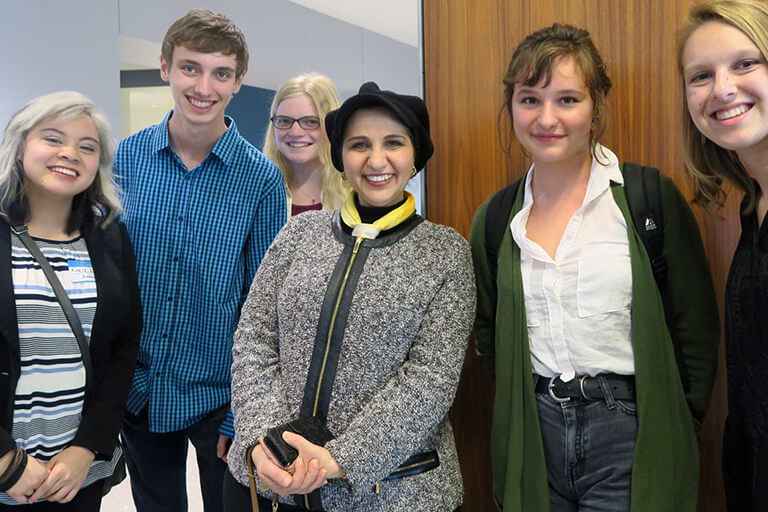
Arabic Flagship Program

Chinese Flagship Program

Center for Languages of the Central Asian Region

National African Language Resource Center



